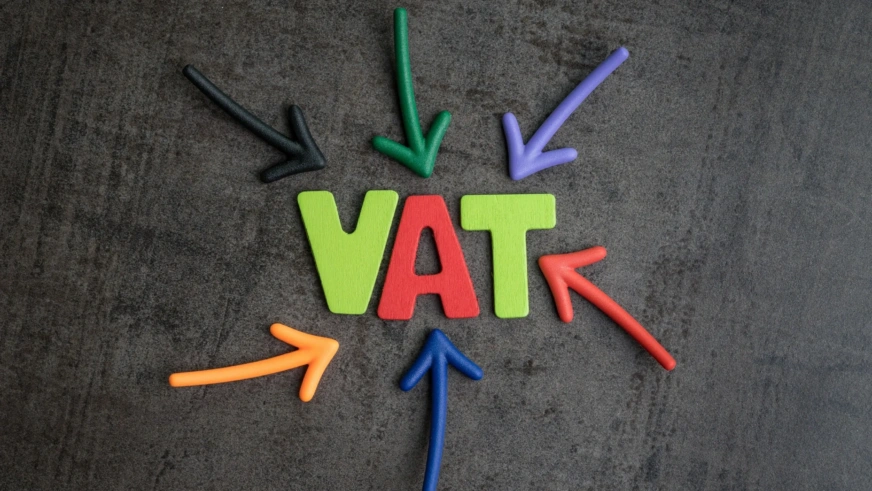In order to compute the Corporate Tax liabilities for a Taxable Person’s first Tax Period, it is necessary for Taxable Persons to have both an opening and a closing balance sheet. The opening balance sheet for the first Tax Period should be the closing balance sheet on the last day of the Person’s Financial Year that ends immediately before its first Tax Period commences.241
If no accounts were prepared for the previous Financial Year, a closing balance sheet will have to be prepared under an appropriate accounting standard, as applicable and regardless of whether the Cash Basis of Accounting or Accrual Basis of Accounting is applied.
Ministerial Decision No. 120 of 2023 includes certain adjustments a Taxable Person may make (by way of an election) in relation to intangible assets, Immovable Property, and Financial Assets and Financial Liabilities owned by the Taxable Person before it becomes subject to Corporate Tax. 242 These elections must be made on the submission of the Taxable Person’s first Tax Return, and are deemed irrevocable except under exceptional circumstances that require FTA approval.243
In relation to Immovable Property, if Immovable Property owned by the Taxable Person prior to the Taxable Person’s first Tax Period is recorded on a historical cost
basis in the Financial Statements, the Taxable Person can elect in its first Tax Period to adjust its Taxable Income in calculating the gain on the disposal of any Immovable Property in order that only gains accruing while within the scope of Corporate Tax will be taxed. The Taxable Person can select whether they use a ‘time apportionment method’ or a ‘valuation method’ when determining the amount of the gain that shall be excluded.244
The ‘valuation method’ allows the Taxable Person to exclude the amount of the gain that would have arisen at the start of their first Tax Period had the Immovable Property been disposed of at Market Value and the cost of the Immovable Property was the higher of the original cost and the net book value.245 This would require the Taxable Person to determine the Market Value of the Immovable Property at the start of their first Tax Period on the basis as set out in Ministerial Decision No. 120 of 2023.
Alternatively, the Taxable Person could choose to use the ‘time apportionment method’ to exclude the amount of the gain that would have arisen at the start of their first Tax Period.246 This allows the Taxable Person to exclude a proportion of the total gain in accordance with the proportion of time the Immovable Property was owned prior to the start of the Taxable Person’s first Tax Period and the time of disposal of the Immovable Property.
For intangible assets, any apportionment must be on the basis of time apportionment; 247 while for Financial Assets and Financial Liabilities, any apportionment must be on the basis of valuations at the start of the period where the assets came within the scope of Corporate Tax.248
For further details on these transitional rules, readers are advised to consult Ministerial Decision No. 120 of 2023 on the Adjustments Under the Transitional Rules.
Valuation Method
Before their first Tax Period, S LLC acquired a Financial Asset from a company, W LLC. S LLC records the Financial Asset on a historical cost basis at AED 70,000 in its Financial Statements.
At the beginning of its first Tax Period in June 2023, an independent expert valued the Financial Asset at AED 100,000. When filing its first set of Tax Returns, S LLC made an election to adjust its Taxable Income for the purposes of calculating gains or losses on all Financial Assets and Financial Liabilities owned before the start of their first Tax Period.
In 2025, S LLC sold the Financial Asset for AED 120,000. As S LLC has elected to use the valuation method, S LLC will only be taxed on the portion of the gain that can be attributed to periods after 1 June 2023.
As a result, S LLC will only need to recognise the gain of AED 20,000 (AED 120,000 – AED 100,000) rather than the full gain of AED 50,000 (AED 120,000 – AED 70,000).
Time Apportionment Method
G LLC purchases and develops properties in the UAE. G LLC purchased a Dubai property on 1 June 2022, and recognises this on the historical cost basis of AED 2,000,000.
When filing its first Tax Return for the Tax Period ended 31 May 2024, G LLC made an election to adjust its Taxable Income for the purposes of calculating gains or losses on the Dubai property using the time apportionment method.
On 1 June 2024, G LLC sold its Dubai property for AED 3,500,000. G LLC has elected to use the time apportionment method for the purposes of determining how much of the gain shall be excluded. Given that the Immovable Property was owned for two years in total and G LLC owned the property for a year before their first Tax Period, this means that half of the gain can be excluded for the purposes of determining G LLC’s Taxable Income.
As a result, G LLC will only need to recognise, for Corporate Tax purposes, a gain of AED 750,000, as this is the portion of the full gain of AED 1,500,000 that can be attributed to the time between 1 June 2023 and 1 June 2024
+9 71 4 393 1773
info@thevatconsultant.com
https://thevatconsultant.com




